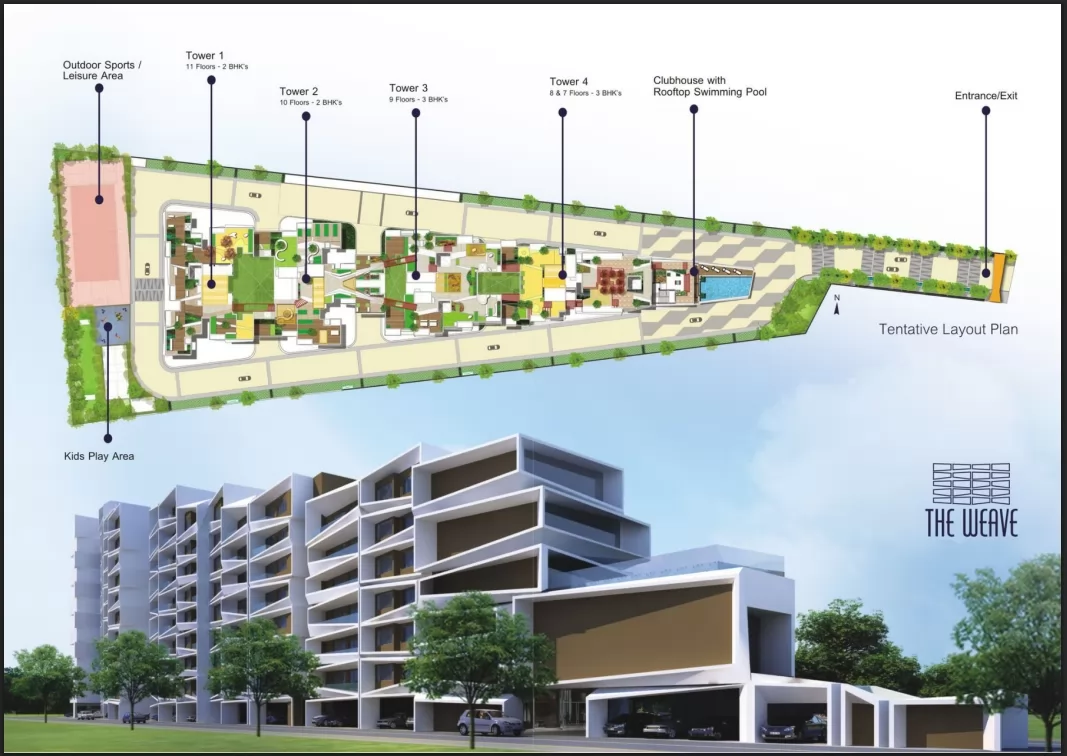The Top 10 Things That Have Burned Down the Great Indian Home Market
By Bricksnwall | 2024-02-11

Approximately
250,000 new residences were bought annually on average in the top 10 cities
between 2015 and 2021. In 2022, this increased by 54% over 2021. Since we had
been waiting for this to happen, industry insiders are not overly shocked or
overjoyed by the pattern over the last two years.
Written
by Sunil Mishra
The previous
two years have seen a sharp rise in the number of people purchasing new homes
in India's top 10 cities, following seven years of stagnant home sales. This
piece examines the causes of the recent market boom, whether the growth rate
can be sustained in the years to come, and—above all—should you, Mr. Buyer,
purchase a home at these prices?
Approximately
250,000 new residences were bought annually on average, in the top 10 cities
between 2015 and 2021. From 2021 to 2022, this increased by 54% to 365,000
newly purchased dwellings; in 2023, this increased to 476,000, a further 31%
increase over 2022. That means that, on average, twice as many people are
purchasing homes now as there were seven years ago!
Since we had
been waiting for this to happen, industry insiders are not overly shocked or
overjoyed by the pattern over the last two years. The government implemented a
number of steps in 2017–2018 to address the failing new home market, which
planted the seeds for current boom. Four different government-led interventions
were made.
1. The first was the
demonetization of large currency notes in November 2016, which significantly
cleaned up the real estate market by lowering the number of cash transactions
in real estate transactions.
2. The most significant
intervention was the establishment of RERA, the Real Estate Regulatory
Authority, in May 2017. RERA put numerous policies into place to safeguard the
interests of typical homebuyers. This featured stiff fines for builders who
failed to provide project features on schedule or as promised.
3. Then, in 2017, the
Goods and Services Tax Act was passed, greatly benefiting the real estate
industry by streamlining the indirect taxation framework for the whole economy.
4. For the benefit of
the whole economy, real estate developers' bankruptcy cases were resolved more
easily thanks to the Insolvency & Bankruptcy Act of August 2016.
Apart from
the four government-led actions mentioned above, there were other variables
that contributed to creating the current takeoff environment.
5. From 2017 to 2019,
the courts began handing down harsh rulings against dishonest developers who
had betrayed the confidence of Indian homebuyers by failing to deliver on their
promises.
6. The demise or
reduction of significant lending organizations with an emphasis on real estate,
such as IL&FS, IndiaBulls, and DHFL, was the last industrial factor during
this period. Smaller builders had less access to simple construction financing
as a result, while stronger corporate builders gained market dominance.
It was
anticipated that the combined effect of these six external forces from 2017 to
2019 will clean up the real estate industry, eventually turning it into a
legitimate business, regaining the trust of consumers, and attracting the real
purchasers back into the market. However, it seems that these were insufficient
on their own.
7. In the microeconomic
level, the residential real estate market saw a similar play during the
2015–2021 period, with home values nearly stagnant and incomes and inflation
growing at a 6-8% annual rate. Home loans were more accessible due to a benign
interest rate regime, and in 2021 the EMI to income ratio reached a
record-breaking low. This simplified the home-buying process.
But once
more, these prices had been competitive for a few years, and the market
conditions had been met since 2018 or 2019. What then led to the most recent
spike? The pandemic and its three resulting factors—all of which had to do with
consumer behavior—were what ultimately caused the ship to change course.
8. Millennials, or those
who would be between the ages of 25 and 40 in 2021 (who make up 440 million of
India's population by the way), had been renting homes during the 2015–2021
period because the rental yield—which is calculated by dividing annual rent by
the cost of the apartment—was as low as 3% pa and housing prices were not
rising. Combined, these made renting a better option than buying a house.
Millennials might spend a year by the seaside and the following year by the
mountains. Nonetheless, other Millennials thought that they would require a
place of their own in case of further unanticipated events during the Pandemic.
And a tiny portion of this enormous group began purchasing real estate.
9. The working pair,
who had begun working from home or at least in hybrid mode, needed a Zoom room,
which was the second factor. Due to this, existing 2BHK owners had a tremendous
need for 2.5BHK and 3BHK, and existing 1BHK owners had a demand for 2BHK.
10. Lastly, in 2022 and
2023, the HNI segment—which is the most adept at spotting emerging trends—began
to perceive a rebound in the real estate market and began purchasing enormous
properties. People's desire to live out their life to the fullest was further
reinforced by the Pandemic's "you only live once" aspect.
The demand
finally picked up in 2022 and 2023, resulting in an average 15% increase in new
home prices across the top 10 cities, with increases ranging from 10% to 24%.
This also brings in the investor segment, which had vanished from the market
between 2015 and 2021 despite the equity market's respectable 12–14% returns
at that time. The sales of new homes in 2024 and 2025 will benefit greatly from
these investors' contributions.
Will
this upward trajectory persist?
One should
compare the 50 lac migrants who enter India's top 10 cities annually with the
4.76 lac new properties sold in those cities. The 10-15 lac new homes that are
sold in China annually are another comparable (at its peak, the number of
residences sold in China in a single year exceeded 1 Cr). There is a sizable
pool of prospective buyers among the 440 million millennials, and I belong to
the group that believes that a portion of this group will continue to become
purchasers annually for the next five to six years. This might maintain the
demand for new homes at a high level and possibly surpass the million new homes
bought annually.
How
do I go if I wish to purchase?
Therefore,
even if prices rose by 15% in the previous year, they should continue to rise
by 5–10% annually for the upcoming few years. Therefore, buying a home now is
not better than waiting for any kind of correction. It's the greatest time to
buy if you need it for personal usage. If you're looking to invest, keep
searching for strategic geographic areas that might support a greater price
increase than the ordinary marketplaces.
Source: Financial Express




